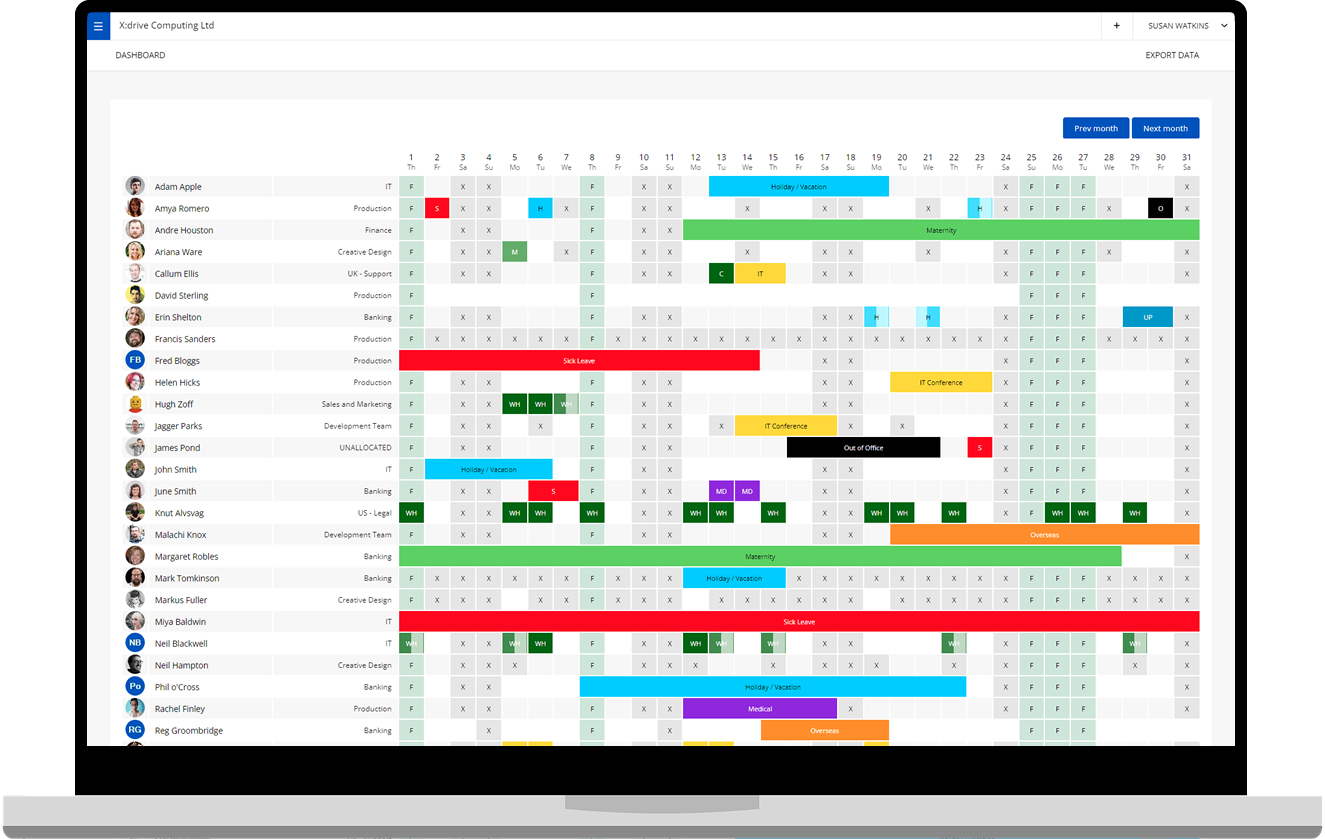Every country has its own culture when it comes to creating a work/life balance. But which regions offer their professionals the most paid holiday, and which offer the least?
Whether you’re considering a move overseas, or you just want to learn from parts of the world with the happiest employees, we look at the best – and worst – countries for statutory annual leave entitlement.
Countries with generous annual leave policies

1. Spain - 39 days
It’s not just the siesta that Spanish workers can use to recharge their professional batteries; Spain also ranks highly when it comes to global time off allowances, with up to 39 days’ holiday each year.
Employees in the country are entitled to 25 days of paid annual leave, plus 10 government-sanctioned national public holidays – including Labour Day in May, Spain’s National Day in October, and Immaculate Conception in early December – and a number of regional celebrations, all of which are not included in workers’ main holiday allowance.

2. Austria – 38 days
Hot on Spain’s heels is Austria, which also offers generous statutory leave entitlements. Its 38 day annual allowance comprises of 25 days’ paid holiday, plus 13 public festivals – many of which are related to religious events. In addition to Easter Monday, for example, Austria also grants a national holiday for Ascension Day, Whit Monday, and Corpus Christi.
There are also cultural initiatives in place that recognise and reward Austrian professionals for their loyalty and long service. If someone works for the same company continuously for 35 years, for example, most large enterprises increase their holiday entitlement to 35 days per year.

3. Finland – 36 days
For four years in a row, Finland has been crowned ‘the happiest country in the world’ in the United Nations’ World Happiness Report. Part of this is due to Finland’s outstanding education system, but it’s also driven by the fact that Finnish professionals are given a large annual leave entitlement to balance work and home life.
Statutory annual leave in Finland is 25 days per year, with a further 11 public or religious holidays including Midsummer’s Eve in June, and Independence Day in December. It’s also common culture for Finns to take a week off during the festive period, or to coincide with their children’s school holidays.
Countries offering low statutory annual leave

1. USA – no entitlement
Despite being the world’s biggest economy, the USA doesn’t give its professionals any legal minimum allowance when it comes to paid time off. This means it’s at the discretion of employers how much holiday they grant their teams – and 1 in 4 Americans are offered no paid vacation time.
Annual leave isn’t the only area where the US languishes at the bottom of the global league table. It is also incredibly strict when it comes to maternity leave; new mothers can take up to 12 weeks off, but this time is unpaid.

2. Canada – 19 days
19 days doesn’t sound too bad, until you consider that this figure includes bank holidays. Canadian professionals are actually offered 10 days of paid annual leave per year, plus nine public holidays including Canada Day in July and Thanksgiving (and Thanksgiving isn’t a guaranteed holiday in some provinces).
That being said, Canada’s annual leave structure does reward employees for their loyalty. If someone has worked for the same company for five consecutive years, their vacation entitlement increases to 21 days. After 10 years’ service, it then surges to four weeks. So, if you’re considering a move to Canada, it pays to stick with the same organization!

3. Japan – 25 days
Like Canada, Japan also subsidises its statutory annual leave entitlement with time off for national and regional festivities.
Japanese employees are granted 10 days’ paid holiday per year, plus another 15 public holidays. Senior personnel can be rewarded for their performance with additional time off, up to a maximum of 20 days per year.
But although professionals are given a leave allocation, they aren’t guaranteed to take it. One of the biggest concerns regarding working practices in Japan is a culture of presenteeism. In 2019, the government even made it compulsory for employers to make sure their staff take at least five days off each year, to cut down on stress, mental health issues and burnout as a result of overworking.
Offering employees more than minimum holiday
As an employer, you are legally bound to offer employees the statutory number of paid days off outlined in their country of work – but as we’ve seen, this entitlement can vary wildly between regions. You may therefore choose to offer more holiday than the minimum entitlement, to support your team’s productivity and wellbeing.
There are many reasons that companies choose to offer enhanced annual leave packages to their workforce. Generous holiday entitlements are employees’ number one perk, so it can help you to attract and retain top talent. It also shows you take people’s wellbeing seriously, as overtime can lead to physical and mental health problems.

Regardless of how many days off your team is entitled to, or how much you choose to offer them, it’s important to ensure that annual leave doesn’t negatively impact company communications or customer service. And the best way to avoid conflicts of interest is to invest in an online holiday planner.
The easier you make it for staff to see who’s off, request annual leave and manage their remaining allowance, the smoother your business will run. And digital leave management software provides the visibility and seamless sign-off processes your company needs to ensure that time off is restorative for staff – without overburdening colleagues who are still working.
WhosOff is a digital holiday calendar designed to track staff holiday while reducing the time and effort it takes to manage annual leave. Book your free WhosOff trial.
Photo by Aksonsat Uanthoeng of Pexels.com

